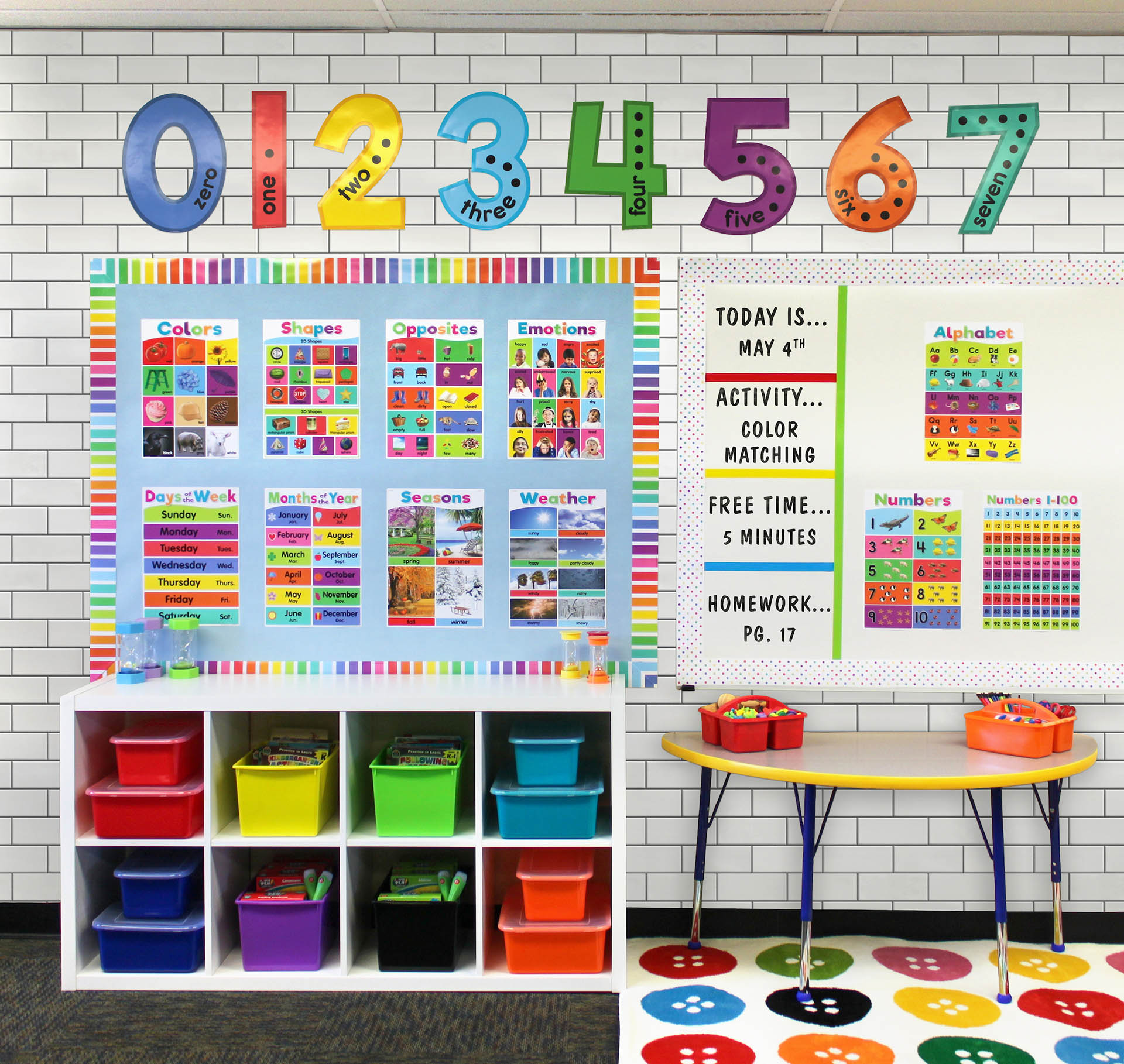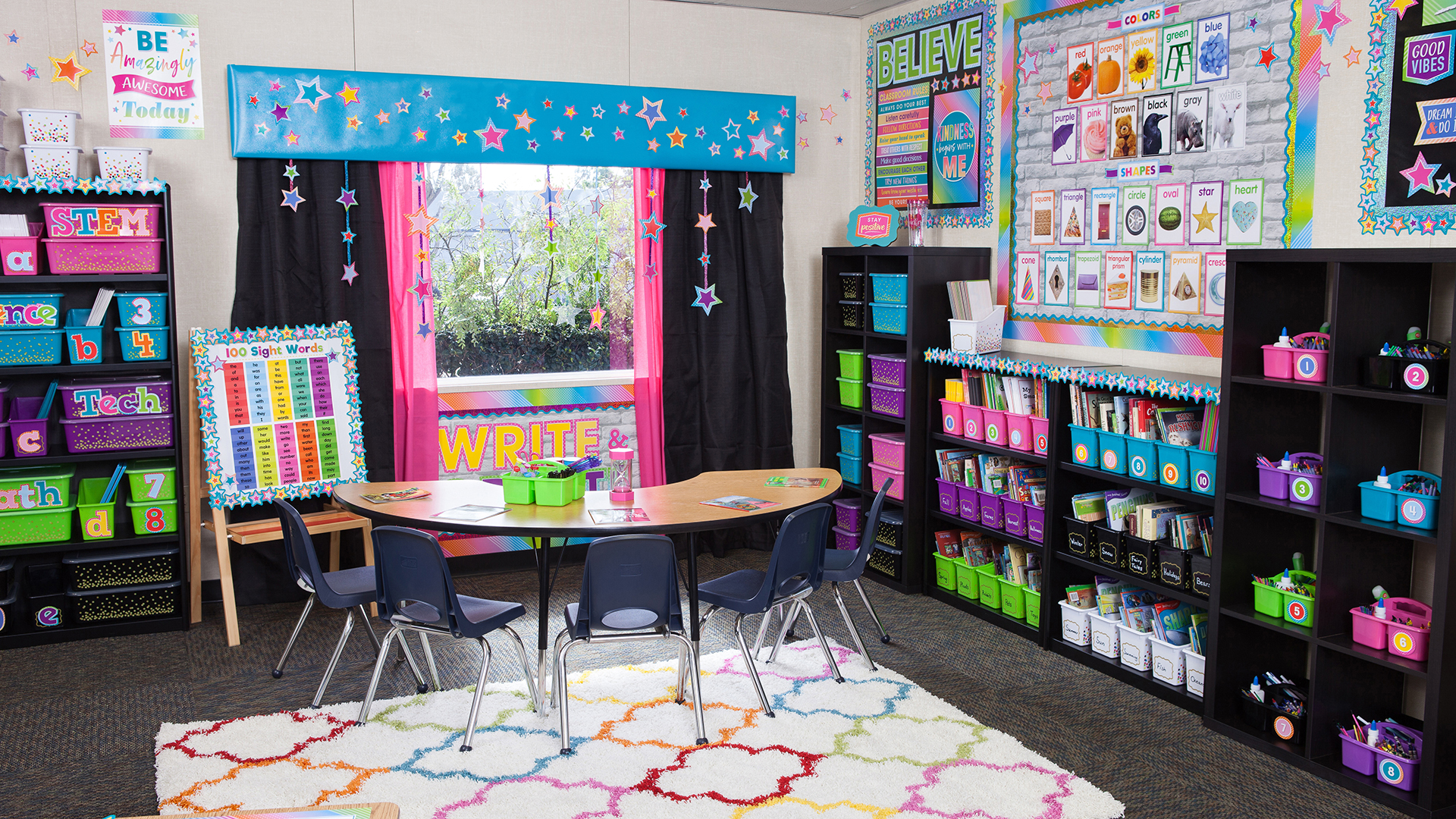Classrooms are the heart of education where creativity and knowledge flow. As someone who has spent years teaching and decorating classrooms, I can personally attest to the incredible impact that colorful and thoughtful decorations can have on student engagement and learning. In this extensive guide, we will explore various types of classroom decorations, the benefits of a well-decorated classroom, and practical tips to create a vibrant learning environment.
Why Colorful Classroom Decorations Matter
The atmosphere of a classroom can significantly influence students’ mood, motivation, and overall performance. Here are several reasons why colorful decorations are essential:
- Enhances Mood: Bright colors can uplift students’ spirits and foster an enthusiastic learning environment.
- Stimulates Creativity: A vibrant setting can spark imagination and foster creative thinking.
- Encourages Engagement: Engaging visuals can capture students’ attention and maintain interest in lessons.
Types of Colorful Classroom Decorations
There are countless ways to incorporate colorful decorations into your classroom. Below, we outline the most popular types, along with their unique benefits and applications.
1. Wall Posters and Murals
Wall posters and murals can transform a plain classroom wall into an inspiring gallery. Here’s a quick comparison of different types:
| Type | Pros | Cons |
|---|---|---|
| Educational Posters | Informative, visually appealing | Can become outdated quickly |
| Art Murals | Customizable, unique atmosphere | Time-consuming to create |
| Seasonal Decorations | Fresh perspective, keeps things lively | Requires regular updates |
2. Bulletin Boards
Bullletin boards are another fantastic avenue for decoration and instruction. They can be used to display student work, share information, or create thematic displays. Some tips for effective bulletin boards include:
- Choose a bright background color to make the content pop.
- Involve students in creating the displays.
- Regularly update the content to keep it fresh and relevant.

3. Desk and Table Decorations
Decorating desks and tables can create an inviting workspace. Consider these ideas:
- Brightly colored desk mats or covers.
- Personalized name tags with colorful designs.
- Small plants or decorative items that reflect themes being studied.
4. Classroom Themes
Having a cohesive classroom theme helps tie together all decoration elements. Here are some popular themes:
- Under the Sea: Blues, aquas, and sea creatures.
- Space: Dark blues and blacks with stars and planets.
- Nature: Earthy tones with plants and animals.

Benefits of Colorful Classroom Decorations
Beyond aesthetics, colorful decorations serve several practical purposes:
1. Promotes Learning
Research shows that colorful environments can improve memory retention and concentration. Students are more likely to engage with their surroundings, which enhances the learning experience.
2. Fosters Inclusivity
A color-rich environment can cater to diverse learning styles. Visual learners, for example, benefit significantly from colorful displays that break down complex information.

3. Enhances Classroom Management
Well-decorated classrooms can establish a positive classroom culture. Students often feel more comfortable and interested in participating when the environment is welcoming.
Practical Tips for Implementing Classroom Decorations
Creating a vibrant classroom doesn’t have to be overwhelming. Here are some practical steps to get you started:
.jpg)
1. Assess Your Space
Consider the size of your classroom and how much wall and desk space you have to work with. Remember that too much clutter can be distracting; aim for a balance.
2. Involve Your Students
Letting students contribute to the decorations can foster a sense of ownership and pride in their classroom. Organize activities where they can create their own art or decorations to display.

3. Consider Multi-Functional Items
Look for decorations that can also serve a practical purpose. For example, colorful organizational bins can add visual appeal while helping keep the classroom tidy.
4. Rotate Decorations Seasonally
Changing decorations based on seasons or upcoming holidays keeps the classroom fresh and exciting. It also provides opportunities to teach about different cultures and traditions.

Common Challenges and Solutions
While decorating a classroom can be rewarding, it also comes with challenges. Below are some common issues and practical solutions.
1. Budget Constraints
Solution: Get creative with DIY projects or repurpose existing materials. Many online platforms offer free printable resources that you can use.

2. Time Management
Solution: Set aside specific times during the semester dedicated to decorating and planning. You can also involve parent volunteers or older students to assist in the process.
3. Distractions
Solution: Ensure that decorations do not overwhelm the space. Stick to a cohesive color palette and theme to maintain focus on the educational materials.
Conclusion: The Impact of a Colorful Classroom on Education
A colorful classroom is more than just a pretty space; it’s a dynamic environment that promotes learning, creativity, and engagement. By implementing some of the ideas discussed above, teachers can create a vibrant atmosphere that positively impacts their students’ education. As you embark on your decorating journey, remember to assess your unique classroom needs and involve your students in the process for maximum impact.
FAQs About Colorful Classroom Decorations
1. What are some budget-friendly ideas for classroom decorations?
Consider DIY projects, using printable materials, and repurposing items from home to create cheerful decorations without breaking the bank.
2. How often should I change classroom decorations?
Rotating decorations seasonally or at the end of each term can keep the space fresh and exciting for students.
3. Can too much decoration be distracting?
Yes, while decorations are important, it’s crucial to maintain balance and avoid overwhelming the space. A coherent theme with a limited color palette can help.
4. What types of decorations can enhance learning?
Educational posters, interactive bulletin boards, and thematic displays can significantly enhance learning by making information visually engaging and accessible.
5. How can I involve students in decorating the classroom?
Encourage students to create their own artwork or join in collaborative decoration projects. This involvement can boost their sense of belonging in the classroom.